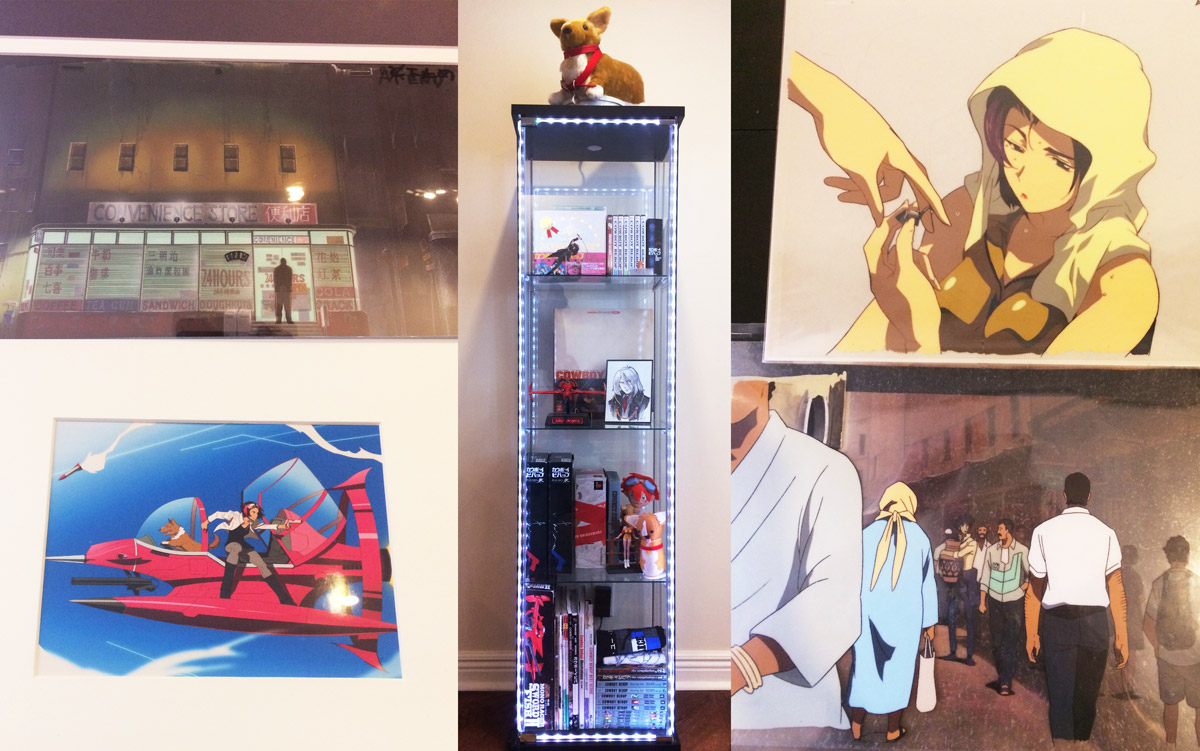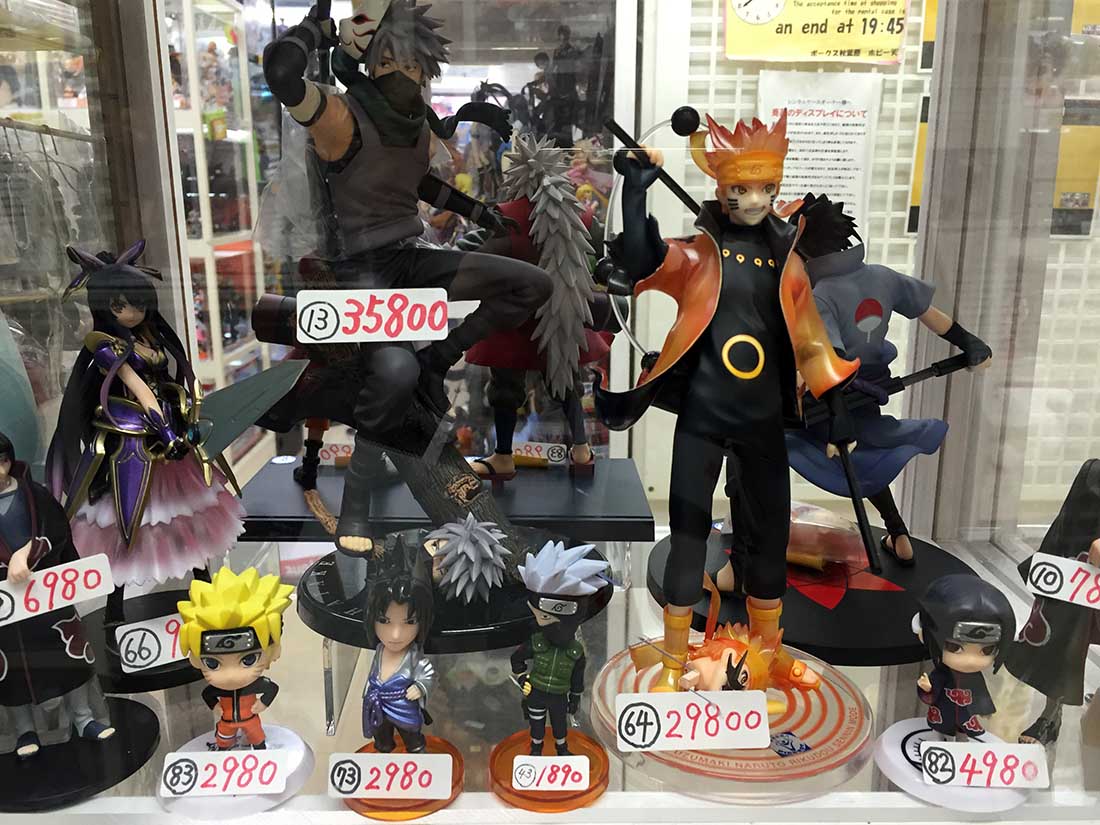By Yemeng Yang
Perhaps surprisingly, North America and Europe hold the largest number of fans of the Japanese anime character Hello Kitty. The smartphone game Pokemon Go, originated from a Japanese anime, topped mobile download charts in 70 different countries. And in 2015, the United States made the most contracts with the Japanese anime industry in the world.
The overseas market has become the top engine behind the development of the Japanese anime industry, thanks to strong governmental promotion that has expanded foreign demand.
The overseas market, including movies, TV broadcast, videos, music and merchandising, was valued at a record 583.3 billion yen ($5.1 billion) in 2015, up 79 percent from a year earlier, according to the latest annual report by the Association of Japanese Animations.
The foreign market accounts for 32 percent of the overall market value of the industry, exceeding Japan’s domestic merchandising section for the first time in the past ten years.
In the U.S. market, sales of Japanese comics was $81 million in 2014, while the anime market value was around $350 million, according to a survey conducted by Japan External Trade Organization.

“In my opinion, Japanese animation has large potential to expand overseas,” said Futoshi Okazaki, a staff member at administrative affairs department of JETRO.
“Japanese animes have already been exported to North America, Europe or Asia, and particularly, Saudi Arabia shows high interest to Japanese entertainment industry, which includes anime industry.”
JETRO, a government guided organization, holds business matching events every year to help Japanese anime companies match up with foreign creative-industry companies. Thirty Japanese anime companies participated in last year’s event, and “some contracts” were made during the event, Okazaki said.
The Japanese government founded a “Cool Japan” fund in 2013 to promote Japanese content products and services overseas, including the anime industry.
Limited distribution channels still hinder Japanese animes’ expansion in the global market, which is the major problem being addressed by the fund.
Cool Japan fund provided $1 billion to Anime Consortium Japan Inc. to stream anime content worldwide.
“Ensuring that official goods are internationally available and producers are rightfully paid for them is our original aim,” said Shin Unozawa, president of Anime Consortium Japan.
“We receive direct messages from around the world asking, ‘Why is that title not available in my country?’ or saying ‘Thank you for distributing that title,’ for example. Sometimes the reactions lead us to make a specific title available in more languages,” said Ririko Kubo from the sales and advertising division of Anime Consortium Japan.
Apparently, the strategy has worked, as the overseas sales of Japanese animation industry products surged in 2015 after languishing for many years following the 2009 global recession.

Still, government promotion cannot have an effect if there’s not enough global demand fueled by maniac anime fans.
In the U.S., Japanese anime fandom exploded in the last few years.
The 2016 Anime Expo Convention in Los Angeles attracted over 100,000 fans, up more than 10 percent from a year earlier, according to a press release.
There are a few anime organizations in Chicago, including AnimeChicago, a community for Japanese animes and culture.
“We promote Japanese animation because there’s a lot happening in this medium that Western animation doesn’t develop as fully,” said Jamie Sanchez, president and founder of AnimeChicago.
“We also admire the philosophies of Japanese living and the depth of historical culture present in even modern-day Japan,” Sanchez said.
Membership in AnimeChicago has grown gradually, exceeding 800 members in 2016. Sanchez led a team of nine members to Japan, where they spent time in Tokyo’s anime neighborhoods like Akihabara and Nakano Broadway, pilgrimages popular among fans.

It’s easy to take money out of fans’ pockets.
“I bought all kinds of figures, wall scrolls, and cosplay materials in my 20s,” said Sanchez. “I currently spend anywhere between $100-$800 on Cowboy Bebop collectibles each year.”
“Anime fans are willing to pay, and sometimes even overpay, for anime products,” said Fuyuki Hase, head of the sales department at Yotsuba Trade Company in Tokyo.
Yotsuba, established in 2012, exports anime products, such as models of anime characters, posters and comic books, to China, where around 100,000 users place orders on the company’s website. The Tokyo-based trade company receives two to three orders from the West Coast of the U.S. every month.
The company said there are more than a million potential Chinese customers of Japanese anime products, according to a survey conducted by the company four years ago. These customers were born in the 1990s and 2000s, grew up with anime, and will have increasing purchasing power in the next few years, said Hase.
“As long as there are new anime series and new products, demand won’t decrease,” said Takeyama Kousei, president of Yotsuba.


